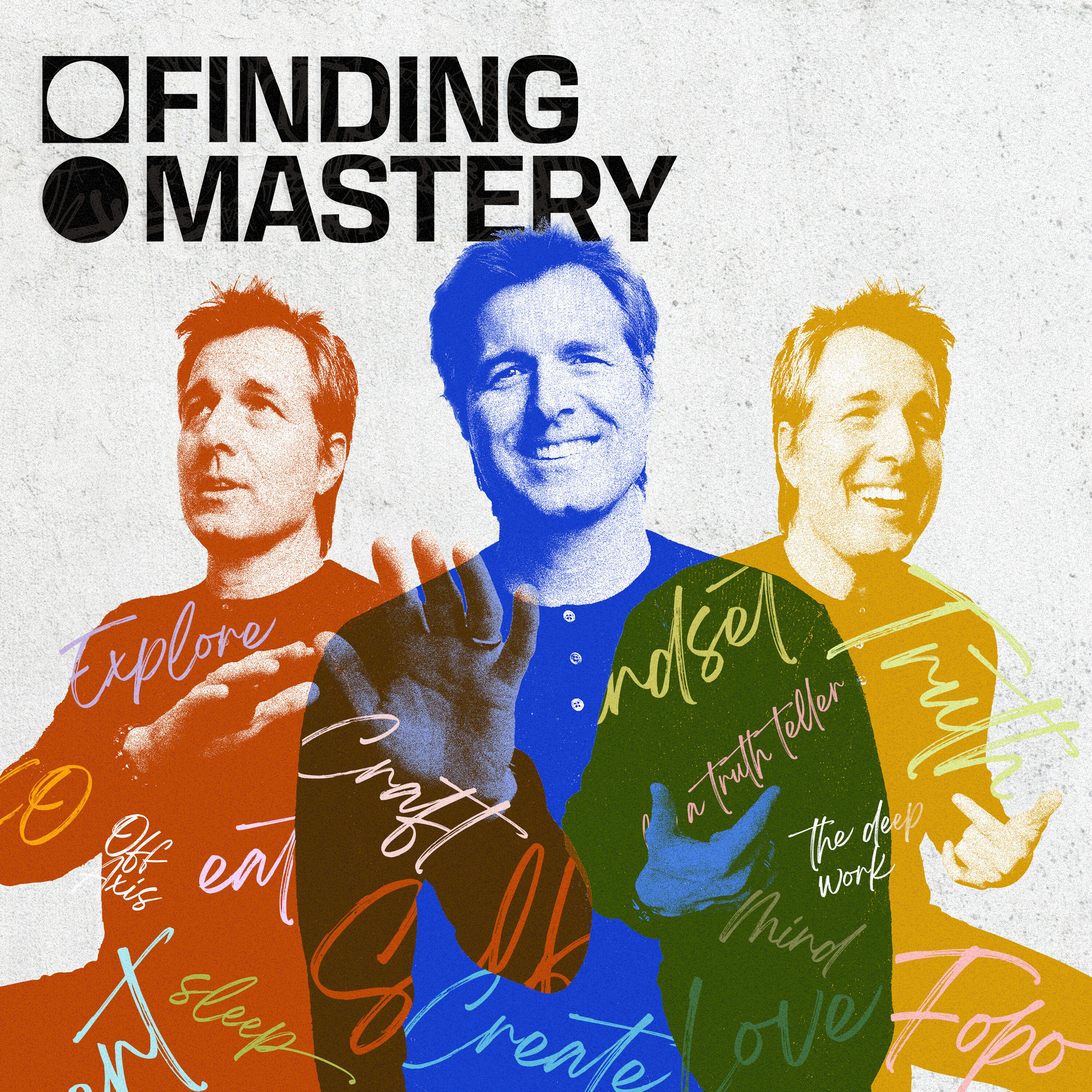Leading People
Gerry Murray talks to leading people about leading people. Get insights and tips from thought leaders about how to bring out the best in yourself and others.
Leading People
How to Write Emails That Build Trust and Get Results
In this episode…
How often do you hit send on an email without considering how your words might land with the recipient?
Leadership communication carries emotional weight, and without the benefit of facial expressions or body language, your carefully crafted emails can easily be misinterpreted.
This episode tackles a deceptively simple yet powerful leadership practice.
When you're in a position of leadership, your words carry extra weight and get amplified throughout your team.
That quick message about a missed deadline or that feedback on a project might seem straightforward to you, but how will it make your reader feel? Will they perceive your tone as supportive or critical? Clear or confusing?
The most effective leaders understand that clarity is kindness and can transform routine communication into a meaningful connection. Remember, you're not being bossy when you're specific about what you need - you're being helpful.
Every email you send as a leader is a "moment of truth" for your leadership style and values. By applying the simple practices in this episode of One Simple Thing, you can ensure your communications build trust rather than erode it.
Curious?
🎧 Listen to this 5-minute tip on how to write emails that don’t just get read, but get results.
Connect with me on LinkedIn to share how this approach has transformed your workplace communications, and subscribe for more Leading People episodes of One Simple Thing that can make a significant difference in your leadership journey.
Follow
Leading People on LinkedIn
Leading People on FaceBook
Connect with Gerry
Website
LinkedIn
Wide Circle
Welcome to Leading People with me, gerry Marais, this week. It's One Simple Thing, where in each episode, I share a quick, actionable tip to help you bring out the best in yourself and others. One Simple Thing is created for young leaders, but hey, us older folks can still learn a thing or two. Ask my dog. He's learned a few new tricks recently. Here's a question for you.
Speaker 1:You've written your subject line, you've structured your email, but how will your message make the other person feel Wait, feelings In an email? Yes, because leadership communication is emotional and how you communicate as a leader often gets amplified, whether you're giving instructions, requesting input or pushing a deadline. How you come across as a leader matters. Tone can build trust or break it. And guess what? Without facial expressions or body language, email tone is incredibly easy to misread, leading to misunderstandings, and misunderstandings can lead to a lot of unintended consequences. So here's one simple thing you can test out today Before you hit send, read your message through the eyes of the recipient. Ask yourself how might they interpret the way I've written this email? Am I being clear or vague? Am I likely to come across as warm or cold, patient or impatient, confident or aggressive? And here's a tip I give to leaders that I coach. If you wouldn't say it that way out loud, don't write it that way.
Speaker 1:Now let's finish by talking about calls to action. Talking about calls to action Most of the time, your email isn't just there to inform. It's there to move something forward. But vague requests or no requests at all simply waste time. With no clear statement of what you expect, I as the reader am left not knowing what to do. Do you actually want me to take action? Or perhaps you'd prefer that I ignore your email? Then why bother writing to me in the first place? What's my advice? Lead clearly and kindly no-transcript. Can you confirm the budget by 3pm Wednesday? Please review the attached draft and send edits by Friday. If you agree, I'll proceed with the client proposal.
Speaker 1:In fact, some people state up front in the subject line what they expect the reader to do. For example, you could add a word or phrase before your subject line, such as action required, please review decision needed. Please comment save the date urgent or for your information only. If this indeed is the intended purpose, this helps your reader know not only what you expect, but also how and when to process your email. I'm sure you're getting the gist of this by now and remember you're not being bossy, you're being helpful. You're not being bossy, you're being helpful. When it comes to emails, clarity is kindness and, by the way, these same principles apply to how you communicate via other messaging channels that you might be using at work. So I recommend that you do a final what's-in me the reader check before you send your email.
Speaker 1:Put yourself in your recipient's shoes and ask yourself why does this matter to them? What might be on their mind? How would it make it easier for them to be able to action something? The moment you write with their perspective in mind, your message becomes more human, more meaningful and more effective. If you're a leader, use empathy and clarity in your emails. Write like a real person, be specific in what you ask for and, above all, every message you send is a moment of truth for your leadership, and that's another One simple thing.
Speaker 1:Thanks for tuning in. Remember, small steps can lead to big changes. Test out this one simple thing and notice how it transforms your day. Let me know how you get on. Reach out on LinkedIn and connect with me. Mention the podcast and if you'd like to learn more One Simple Things, then subscribe to this podcast on your favorite podcast channel and follow our LinkedIn Leading People page. In our next episode of One Simple Thing, we'll explore another easy way to be a great leader by bringing out the best in yourself and those around you. And in between, you can check out one of my longer conversations with leading people about yes, you've guessed it leading people. So until then, keep exploring and stay curious.
Podcasts we love
Check out these other fine podcasts recommended by us, not an algorithm.

The Josh Bersin Company
Josh Bersin
McKinsey Talks Talent
McKinsey People & Organizational Performance
The News Agents
Global
The News Agents - USA
Global
Digital HR Leaders with David Green
David Green
Be Worth* Following
Tim Spiker
HBR On Leadership
Harvard Business Review
Economist Podcasts
The Economist
The Habit Mechanic - Unlock your Human-AI Edge
Dr. Jon Finn